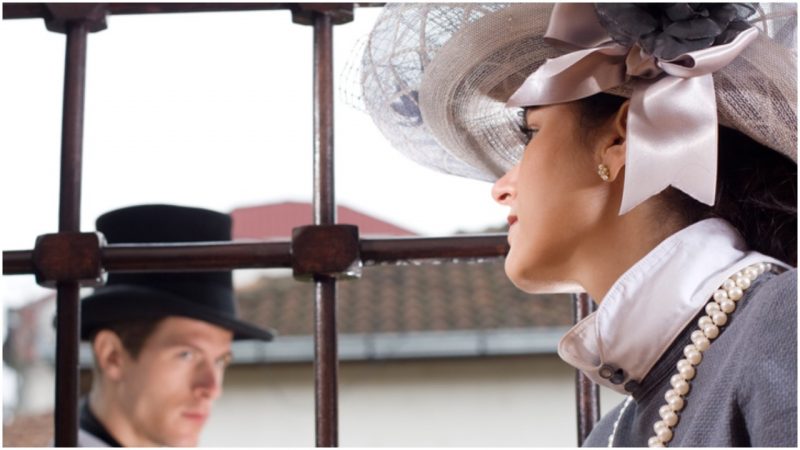Decades before relationship advice columnists became a thing and a lucrative venture of their own, Victorian Age women were not short of guide books on how to be the “perfect lady.” One tome in particular that was dusted off in 2015 is a self-help book destined to answer questions related to subjects such as women’s relationships with men, in a wonderfully modern style.
Some advice provided doesn’t need much of an update even these days, such as that health should not be sacrificed over beauty, but at other instances, the zeitgeist of the era prevails. Sexism has not been defeated, yet.
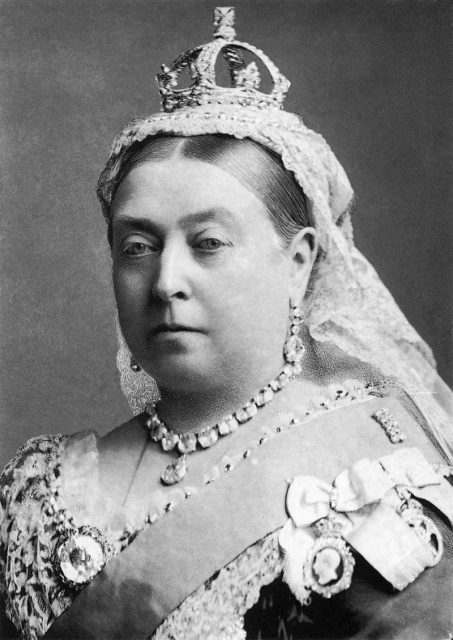
The self-help book Advice to Single Women, published in 1899, was dug out from forgotten shelves of the British Library. Its writer is unsurprisingly a male, Haydn Brown, who worked as a physician.
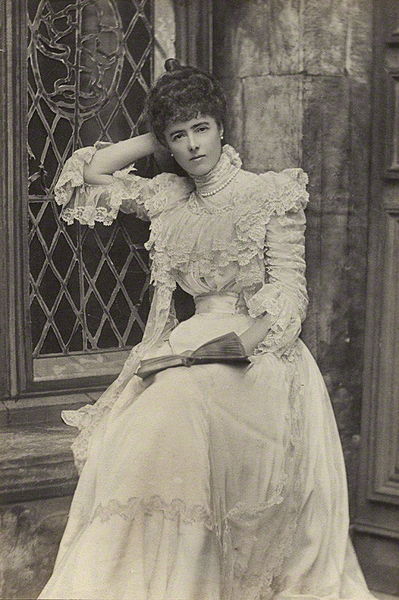
“We decided to reprint the book so that readers can raise an eyebrow and have a chuckle about the attitudes, opinions and social quirks of yesteryear,” said Robert Davis from the British Library, according to the Mirror. Haydn Brown’s book has been reprinted 116 years after its original issue.
So, what’s there to chuckle at? Bear with us. And bear also with the presence of unfriendly-to-gender-equality vocabulary that’s in the fabric of Brown’s writing.
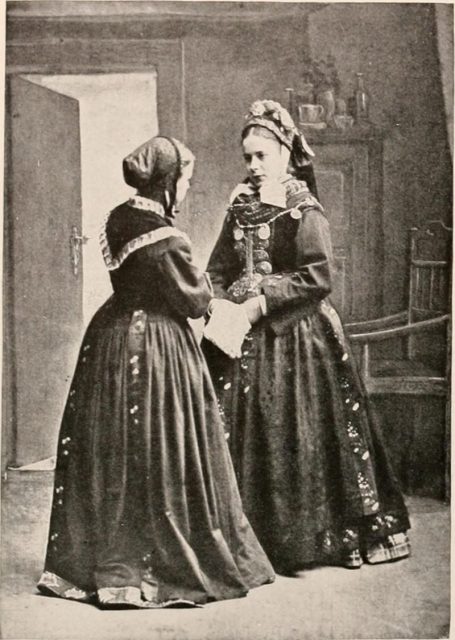
The 19th century writer is positive that it is best for a woman to marry between the age of 21 and 25, because “if she marry young, before her body be properly developed, there would be the danger of an abnormal child-birth,” as shared by the Telegraph.
And how is marriage itself commended in the book? Well, the young female population of Britain at the turn of the centuries is told that: “A married life conduces to such correctness of living as tends to improve and steady the general conduct.”
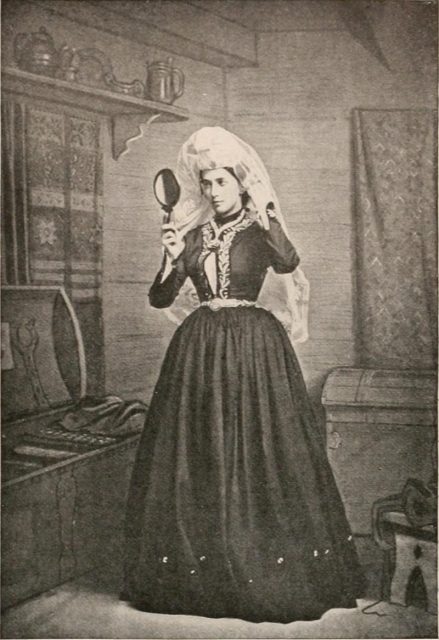
Some of Brown’s other tips sound strangely more modern than this. Should a woman avoid the hardship of marriage and instead opt for a life as a single woman? There is a ‘why not’ nod to that: “The best plan for women to adopt therefore, is to aim singleness if they wish to double themselves — whether with capabilities, riches, or marriage. And a single life is not so bad after all, even if it does go on to the end. By itself, and still more by the thought and expectation of it, it leads to useful occupation and healthy industry.”
Thirty years before Virginia Woolf notably contemplated in her 1929 A Room of One’s Own that without financial independence, women will fail to fully prosper in fulfilling their intellectual or creative capabilities, Brown also cared to phrase the following sentence as well:
“In a word, singleness permits of greater and more valuable concentration in work, and it avoids the innumerable little worries inseparable from parent-hood.”
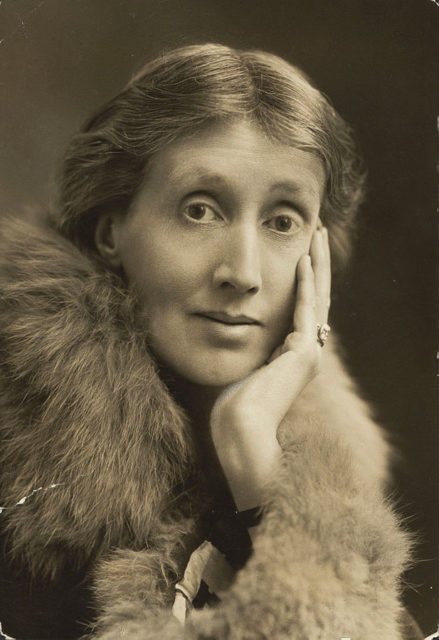
Another of the benefits of being single? “Single women who have been industrious, and who have boldly carved out a career for themselves, can afford to snap their fingers at lost lovers, and thank the fate that at length designed them for a life of single success rather than the possible one of married misery.”
That Brown complies with the well-established sexism of his days is evident at a number of places, however. As the Washington Post’s Jean R. Freedman also remarks in her take on Brown’s book, the 19th century writer suggests that “nervousness and timidity” are part of a woman’s nature. Also, that women look after a spouse who is “in many ways mightier.”
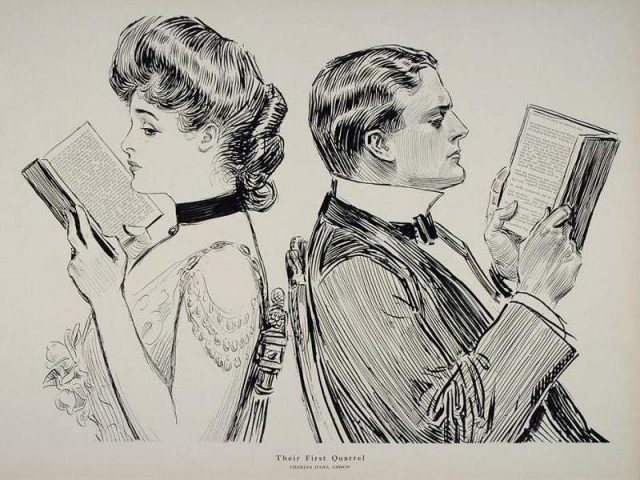
It is further said that a woman’s love “will wane” or that “her admiration will sicken and die” if her man over time acts with effeminacy.
A cup of tea, dear? You might want a sip after reading another piece of advice that now illustrates the benefit of being married: “Sexual indulgences, are, under marriage association, kept down to a reasonable and harmless minimum.”
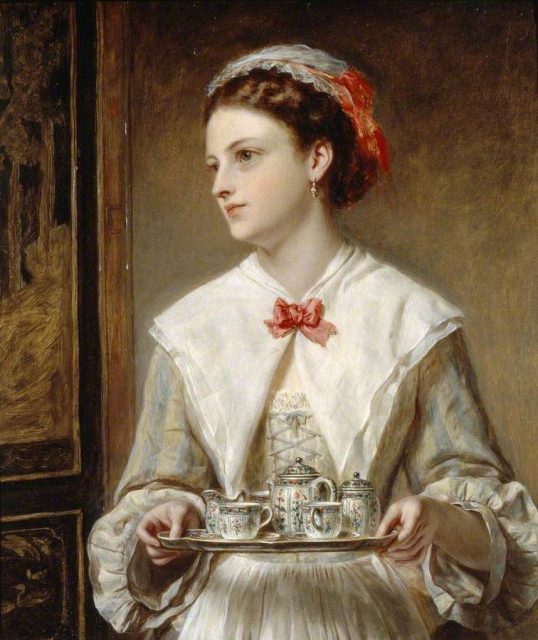
Accordingly, sexual intercourse within marriage is also described as “most complete, and most promising for the future of the race.” It is “exclusive and regulated by the bonds of religion and custom; not promiscuous and deviating, not varied and risky, not way-ward and wanton, but right and orderly.” Thank you very much!
Contemporary commentators on matters like this may greatly dismantle much of Brown’s take on sex within relationships. And perhaps less will be disregarded from the writer’s take on women wearing corsets as part of their outfit, which was a big thing in Victorian days.
According to Brown, tight-lacing may accomplish having more tiny-looking waists, but the practice is also referred to as harmful to the body, affecting functions such as breathing and digestion. Which was true. The Victorian-era corset has been found to have had lasting damaging effects on women’s skeletons. Worn too tight, it sometimes severely impacted both the ribs and the spine.
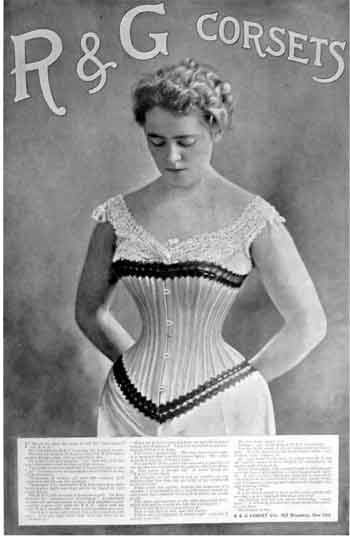
“Substitute ‘eating disorders’ for ‘tight-lacing,’ and Brown’s advice barely needs updating,” further writes Freedman for the Washington Post, referring to modern-day habits utilized in the name of beauty, at the expense of health.
In this sense, the advice may read as a well-intended message. “Nature never intended that woman’s waists should be like wasps’,” Brown remarks.
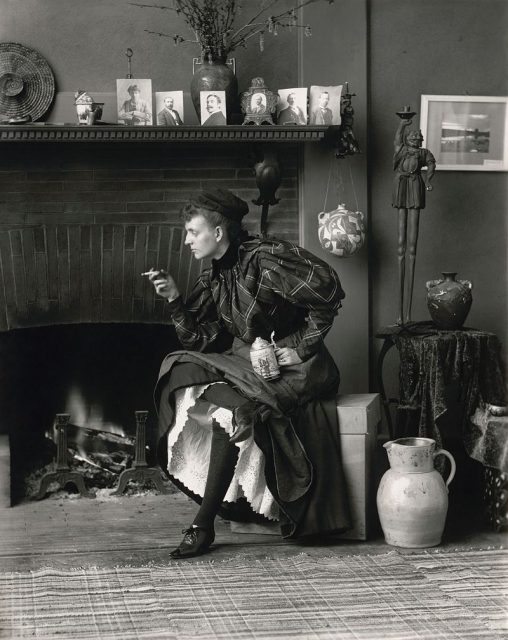
But a “Yeah, right” moment might be when another bit on this topic informs the reader that “men do not fall in love with a tiny waist, unless the owner happens to have several other points of beauty to carry it off.”
The list of what a man is likely to find attractive in women includes “proportion and artistic beauty,” as well as “ease and grace of movement.” That, according to the writer, is “all bound together not by a corset but by ineffable manner of charm.”
Of course, Brown’s book was written in an entirely different society when attitudes towards women were merely beginning to change for good. Fast forward a century: women have gained the right to vote, to control what happens with their body, and to control who they chose as a partner for marriage.
Iceland has become the first country in the world where equal payment between men and women should be respected by the law. And New Zealand has a female prime minister who just recently gave a birth to her baby. In 1899, many of these things were unthinkable.
